Home>Construction & Tools>Building Materials>What Is The Length Of A Standard Brick
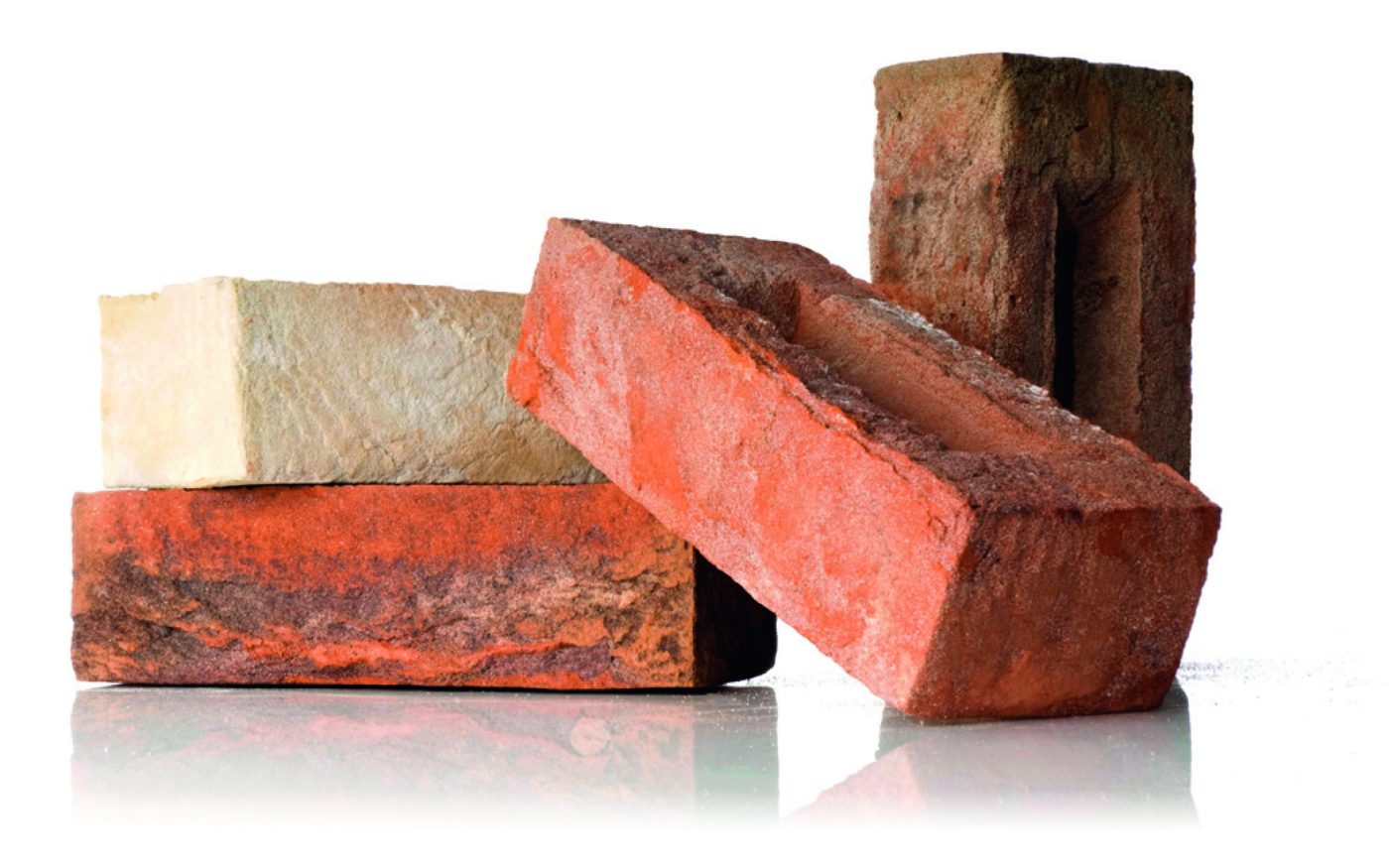

Building Materials
What Is The Length Of A Standard Brick
Modified: February 18, 2024
Learn about the standard length of a brick used in construction. Find out more about building materials and their dimensions.
(Many of the links in this article redirect to a specific reviewed product. Your purchase of these products through affiliate links helps to generate commission for Storables.com, at no extra cost. Learn more)
Introduction
Bricks have been an integral part of construction for thousands of years, offering durability, versatility, and timeless appeal. One of the fundamental aspects of brick construction is the standard size of bricks. The length of a standard brick is a crucial factor in determining the structural integrity and aesthetic appeal of a building. In this article, we will delve into the intriguing world of brick sizes, exploring the historical context, global variations, influencing factors, and the significance of standard brick length.
Understanding the nuances of brick dimensions not only enriches our knowledge of construction practices but also sheds light on the cultural and regional diversity reflected in architectural traditions. Join us on this insightful journey as we unravel the mysteries behind the length of a standard brick and its impact on the built environment.
Key Takeaways:
- The length of a standard brick impacts the stability of buildings and allows for diverse architectural styles, reflecting the rich history and cultural diversity of construction practices worldwide.
- Standard brick dimensions streamline construction, preserve historical authenticity, and foster global compatibility, showcasing the enduring legacy and economic viability of brick as a timeless building material.
Read more: What Is The Standard Towel Bar Length
History of Brick Sizes
The history of brick sizes dates back to ancient civilizations, where the dimensions of bricks were meticulously crafted to meet the specific requirements of construction projects. In Mesopotamia, the birthplace of brick architecture, the standard brick size was remarkably consistent, measuring about 11 inches long, 5.5 inches wide, and 3 inches thick. This uniformity facilitated the construction of monumental structures such as the ziggurats and temples, showcasing the precision and engineering prowess of ancient bricklayers.
As brick-making techniques spread across the globe, regional variations in brick sizes emerged, influenced by factors such as available raw materials, cultural preferences, and technological advancements. In medieval Europe, for instance, bricks were typically larger and heavier than their Roman counterparts, reflecting the shift towards fortified structures and the use of brick in defensive walls and castles.
The industrial revolution heralded a new era of standardization, as the demand for mass-produced bricks led to the establishment of uniform dimensions for both industrial and residential applications. This standardization not only streamlined the construction process but also laid the groundwork for modern building codes and regulations governing brick sizes and proportions.
Today, the legacy of traditional brick sizes endures in heritage conservation and restoration projects, where matching the original dimensions is crucial for preserving the historical authenticity of architectural landmarks. The evolution of brick sizes reflects the dynamic interplay between cultural, technological, and practical considerations, shaping the built environment and leaving an indelible imprint on architectural history.
Standard Brick Sizes Around the World
Brick sizes vary significantly across different regions, influenced by historical traditions, manufacturing techniques, and the prevailing architectural styles. In the United States, the standard brick size measures 8 inches long, 3 5/8 inches wide, and 2 1/4 inches thick, commonly known as the “modular” brick. This size is widely used in residential and commercial construction, offering a balance of structural stability and ease of handling.
Meanwhile, in the United Kingdom, the traditional imperial brick size of 9 inches long, 4 1/2 inches wide, and 3 inches thick has been a mainstay of British construction for centuries. This larger size, known as the “imperial” brick, contributes to the distinctive character of British architecture, particularly in historic buildings and period homes.
European countries exhibit a rich tapestry of brick dimensions, with variations in length, width, and thickness reflecting the diverse architectural heritage of each nation. For example, in the Netherlands, the “Waaldik” brick measures approximately 8 5/8 inches long, 3 5/8 inches wide, and 2 3/4 inches thick, showcasing a unique profile that aligns with Dutch design sensibilities.
In Australia, standard brick sizes conform to metric dimensions, with the most prevalent size being 230mm long, 76mm high, and 110mm wide. This metric sizing simplifies construction processes and aligns with the broader metrication trend in Australian industry and trade practices.
Across Asia, brick sizes exhibit remarkable diversity, reflecting the rich architectural heritage and craftsmanship of each region. From the slender, elongated bricks used in traditional Chinese architecture to the intricately designed bricks adorning ancient temples in India, the variations in size and shape underscore the cultural significance of brick construction in shaping the identity of Asian civilizations.
These diverse brick dimensions not only reflect the unique architectural traditions of each region but also present opportunities for creative expression and design innovation. The interplay of standard brick sizes around the world weaves a captivating narrative of cultural heritage, technological ingenuity, and the enduring legacy of brick as a timeless building material.
The standard length of a brick is 8 inches. This is important to know when planning construction projects or estimating materials needed.
Factors Affecting the Length of a Standard Brick
The length of a standard brick is influenced by a multitude of factors, reflecting the intricate interplay of historical, practical, and architectural considerations. These factors shape the dimensions of bricks, dictating their suitability for diverse construction applications and influencing the visual aesthetics of built structures.
- Historical Tradition: The historical legacy of brickmaking in a particular region often sets the precedent for standard brick dimensions. Centuries-old traditions and craftsmanship practices have imparted distinctive sizes and proportions to bricks, preserving the cultural heritage of architectural styles.
- Manufacturing Techniques: The method of brick production, whether through hand-molding or mechanized processes, can impact the size and uniformity of bricks. Modern manufacturing technologies have enabled precise control over brick dimensions, ensuring consistency and quality in mass production.
- Structural Requirements: The intended use of bricks in construction, such as load-bearing walls, decorative facades, or paving, influences the size and strength of bricks. Structural engineers and architects consider the dimensions of bricks to ensure they meet the structural demands of the building while aligning with design objectives.
- Regional Climate and Environment: Environmental factors, including temperature variations and exposure to moisture, can influence the dimensions of bricks to enhance their durability and resistance to weathering. Bricks tailored to specific environmental conditions offer longevity and performance in diverse climates.
- Architectural Design and Style: The aesthetic vision of architects and designers plays a pivotal role in determining the length of standard bricks. From modernist minimalism to ornate historical revival styles, the dimensions of bricks are tailored to harmonize with architectural motifs and design principles.
- Standardization and Building Codes: Regulatory standards and building codes in each country or region prescribe the dimensions of standard bricks to ensure compatibility with construction practices, facilitating uniformity in building projects and adherence to safety regulations.
The dynamic interplay of these factors underscores the complexity of determining the length of a standard brick, reflecting a harmonious blend of tradition, innovation, and functional requirements. As the built environment continues to evolve, these influences continue to shape the dimensions of bricks, perpetuating the enduring legacy of this timeless construction material.
Importance of Standard Brick Length
The standard length of a brick holds profound significance in the realm of construction, exerting a far-reaching impact on structural integrity, design flexibility, and the visual appeal of architectural compositions. This seemingly modest dimension plays a pivotal role in shaping the built environment and influencing the artistry of construction practices.
Structural Stability: The length of a standard brick directly influences the stability and load-bearing capacity of masonry structures. Consistent brick dimensions ensure uniformity in wall construction, contributing to the structural integrity and resilience of buildings, whether they are towering edifices or humble dwellings.
Design Versatility: Standard brick length offers architects and designers a versatile palette for creative expression, enabling the realization of diverse architectural styles and artistic visions. From sleek modernist facades to intricately patterned brickwork in historic landmarks, the dimensions of standard bricks serve as a foundational element for architectural innovation.
Construction Efficiency: Standardized brick dimensions streamline construction processes, facilitating efficient laying patterns and reducing material waste. Builders and masons benefit from the predictability and ease of handling standard-sized bricks, optimizing construction timelines and enhancing productivity on-site.
Heritage Preservation: In heritage conservation and restoration projects, the adherence to standard brick lengths is essential for maintaining historical authenticity and preserving the architectural legacy of bygone eras. Matching original brick dimensions ensures the seamless integration of new masonry with existing structures, safeguarding the cultural heritage embodied in architectural landmarks.
Global Compatibility: Standardizing brick dimensions within and across regions fosters global compatibility in construction practices, facilitating the exchange of architectural technologies and promoting international collaboration in the building industry. This harmonization contributes to the seamless integration of diverse construction methodologies and materials on a global scale.
Economic Viability: The standard length of bricks aligns with cost-effective construction practices, optimizing material usage and minimizing the need for custom fabrication. This economic viability benefits construction projects of varying scales, from large-scale developments to individual home constructions, enhancing affordability and accessibility in the building industry.
The importance of standard brick length transcends its physical dimensions, resonating with the artistic, technical, and cultural dimensions of architecture. As a cornerstone of construction, the standard brick length encapsulates the enduring legacy of brick as a timeless building material, shaping the skylines and streetscapes of cities while embodying the craftsmanship and ingenuity of human creativity.
Read more: What Is The Standard Length Of Carpet Rolls
Conclusion
Exploring the length of a standard brick unveils a captivating narrative that intertwines historical legacies, architectural diversity, and the pragmatic considerations of construction. From the ancient civilizations of Mesopotamia to the modern skylines of bustling metropolises, the dimensions of standard bricks have left an indelible mark on the built environment, shaping the character and resilience of structures across the globe.
The evolution of brick sizes reflects the ingenuity and adaptability of human craftsmanship, responding to cultural, environmental, and technological influences while preserving the timeless allure of brick as a building material. As we navigate the rich tapestry of standard brick dimensions, we encounter a mosaic of regional traditions, design innovations, and structural exigencies, each contributing to the rich tapestry of architectural heritage.
Standard brick length is not merely a technical specification but a testament to the enduring legacy of construction practices, embodying the artistry and engineering prowess of generations past and present. Its importance transcends the practical realm, resonating with the cultural heritage, design versatility, and economic viability that underpin the construction industry.
As we contemplate the length of a standard brick, we recognize its role as a foundational element in the symphony of architecture, harmonizing structural stability, design ingenuity, and historical continuity. Whether in the meticulous restoration of ancient monuments or the bold innovations of contemporary construction, the standard brick length stands as a testament to the enduring legacy of human creativity and the enduring appeal of brick as a building material.
In embracing the significance of standard brick dimensions, we celebrate the timeless artistry and practical wisdom encapsulated within these humble yet monumental building blocks, perpetuating their legacy for generations to come.
Frequently Asked Questions about What Is The Length Of A Standard Brick
Was this page helpful?
At Storables.com, we guarantee accurate and reliable information. Our content, validated by Expert Board Contributors, is crafted following stringent Editorial Policies. We're committed to providing you with well-researched, expert-backed insights for all your informational needs.

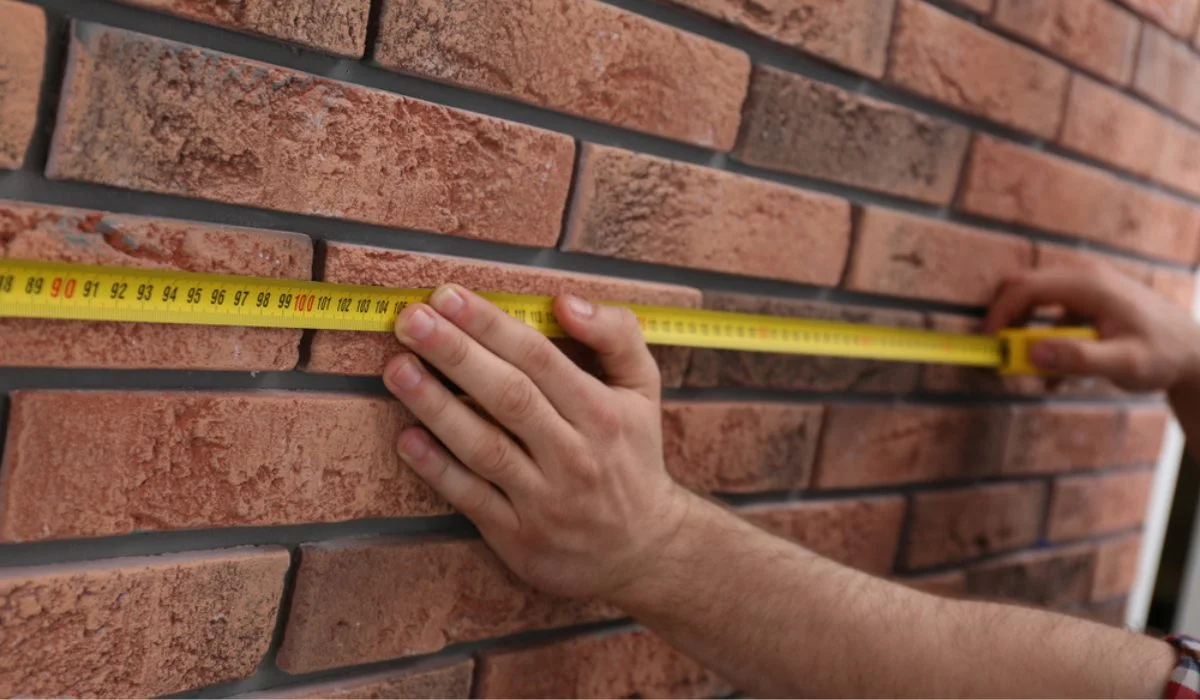
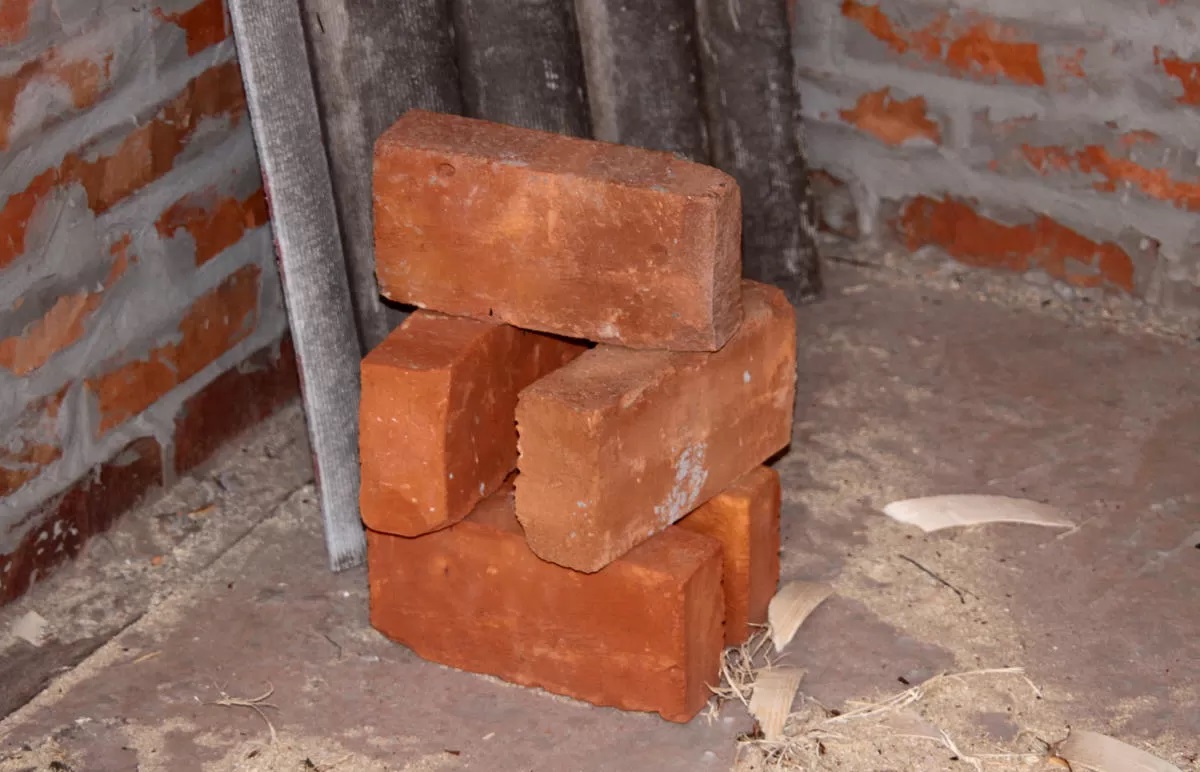

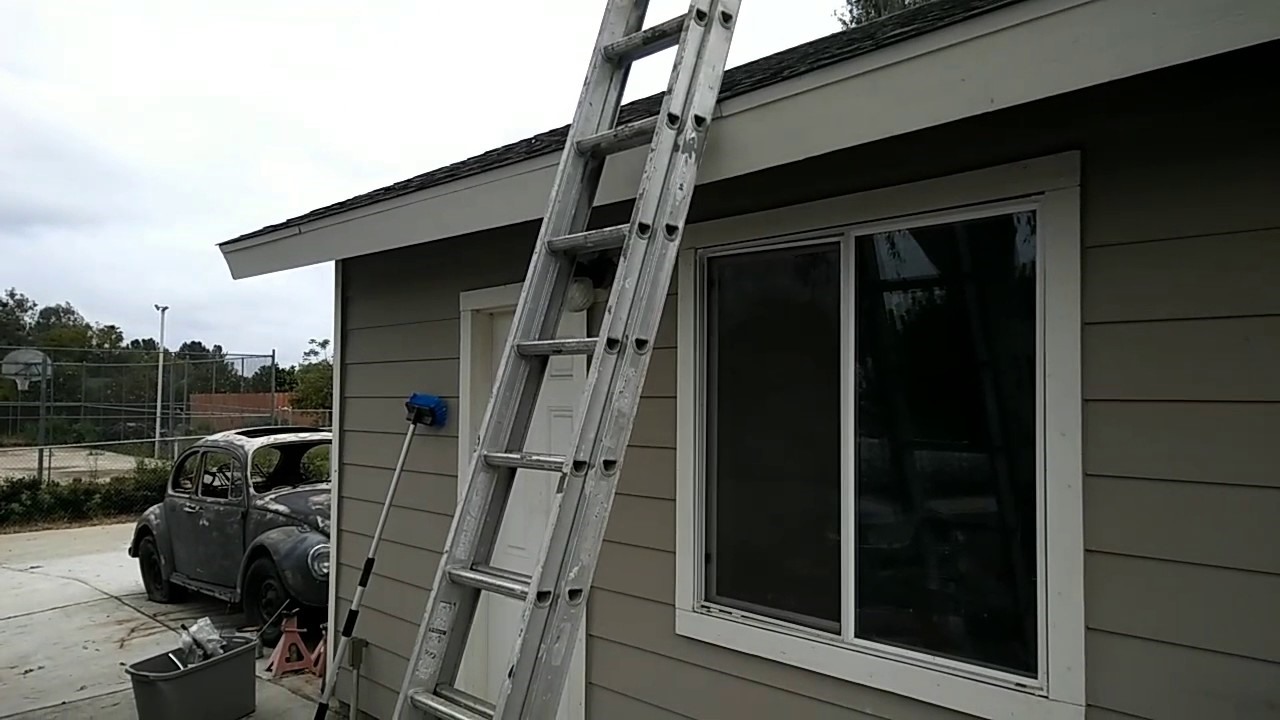

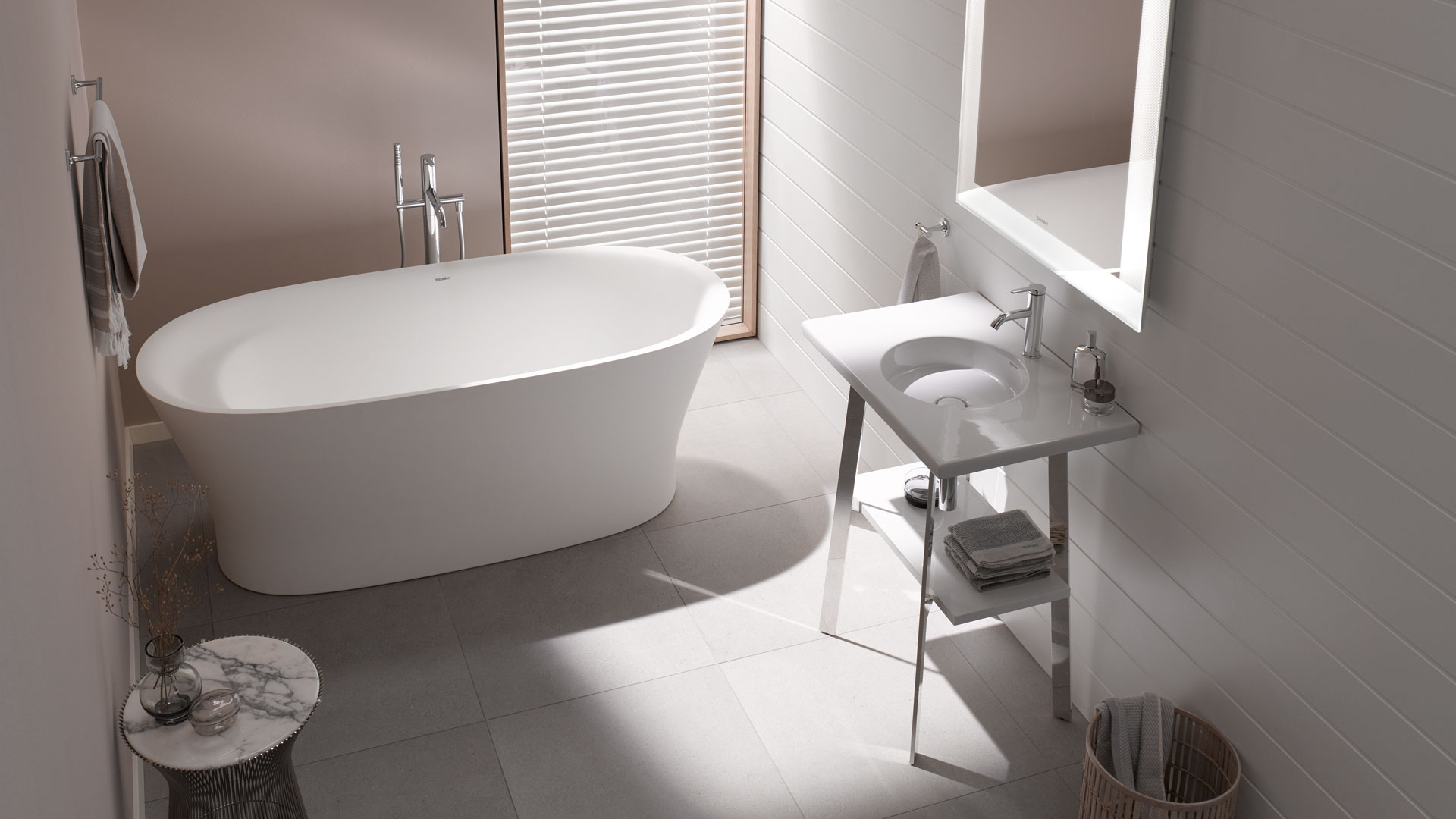


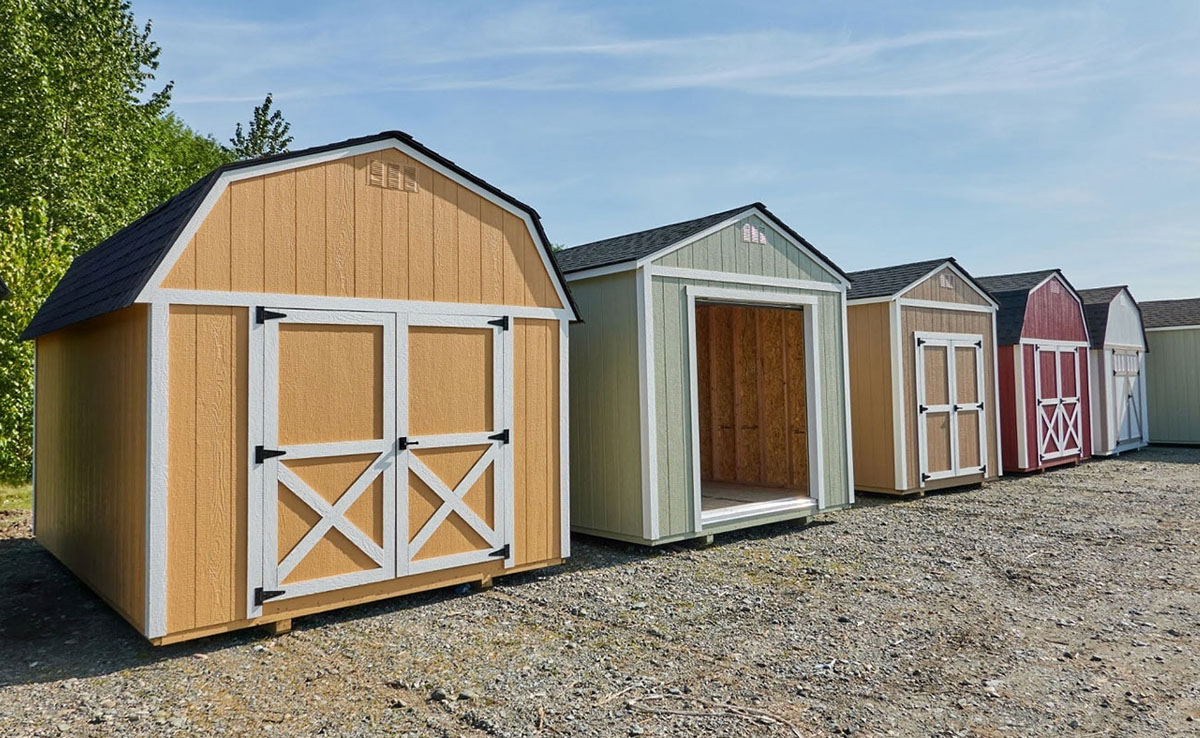
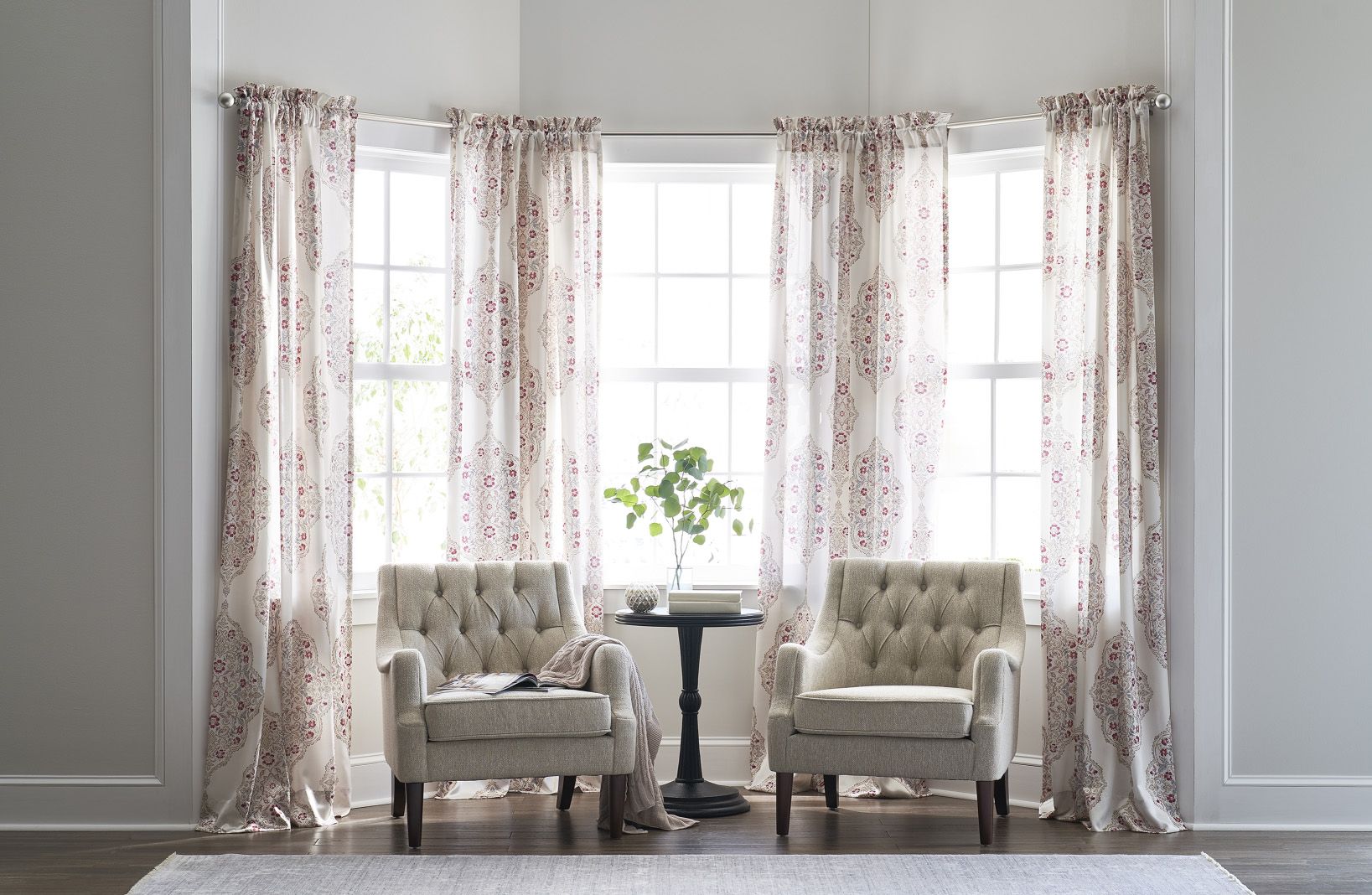




0 thoughts on “What Is The Length Of A Standard Brick”